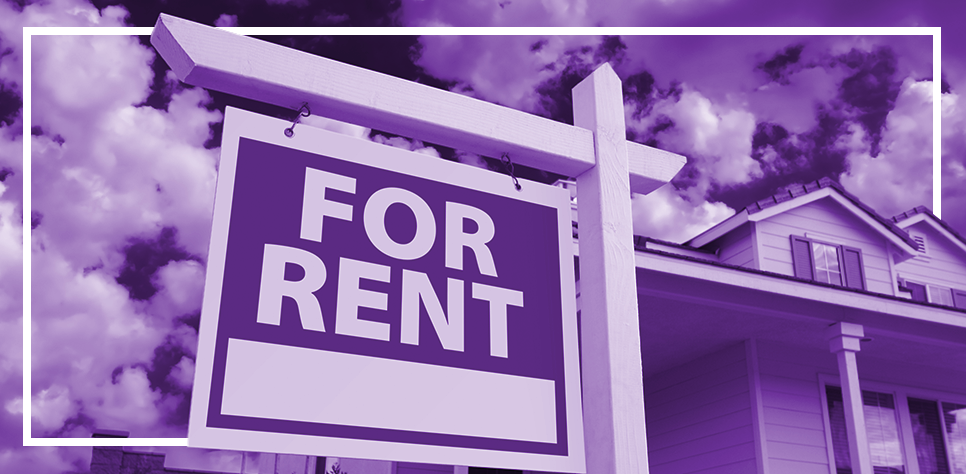What is rental yield?
When buying a property, a simple formula can be used to figure out how lucrative the investment will be. This formula is called rental yield. Put simply, rental yield is a figure that’s generated by calculating the cash that is generated from a property by its overall price or market value. A high rental yield indicates a high level of returns on the property, whereas a low rental yield suggests that the returns may be less than desirable. There are two different types of rental yield calculations, gross rental yield and net rental yield. When calculating net rental yield, a homeowner (or potential homeowner) should take in the overall costs of the house – as well as the purchase price – to measure the amount of profit that will be generated. Below we provide formulas on how to calculate both gross rental yield and net rental yield and elaborate on what percentage is classified as a good rental yield.
Calculate gross rental yield
A property’s gross rental yield is a simple formula that’s used to calculate its earning potential, without factoring in bills and external costs.
You can use the below formula to calculate gross rental yield:
- Calculate the expected annual rental return.
- Divide the figure from Step 1 by the property value.
- Multiply the figure from Step 2 by 100.
- This figure is your gross rental yield.
Calculate net rental yield
A property’s net rental yield is a more complex formula that’s used to calculate its earning potential, with factoring in bills and external costs.
You can use the below formula to calculate net rental yield:
- Calculate all of the fees and expenses of owning the property. This should include things like utility bills, taxes and repairs.
- Calculate the expected annual rental return.
- Subtract the figure from Step 1 from the figure produced in Step 2.
- Use the figure from Step 3 and divide it by the property value.
- Multiply the figure from Step 4 by 100.
- This figure is your net rental yield.
Is it better to use gross rental yield or net rental yield?
Though the calculations are slightly more complex, we would always recommend using the net rental yield figure over the gross rental yield figure. The main reason for this is that a property could have a good gross rental yield figure, but may also have very high operating costs, which cut directly into the profit generated.
So, the net rental yield gives investors a more concise idea of how much profit they can expect to make from a property, all things considered.
As most homeowners know, owning a house comes with a lot of additional costs and calculating all of these can be complex. As a guide, it’s a good idea to consider the following elements when calculating the first sum in the net rental yield formula.
- General maintenance
- Council rates and fees
- Taxes
- Utility bills (like water, electricity and rubbish)
- Depreciation
- Insurance
What is a good rental yield?
What’s classified as a good rental yield can vary heavily between locations and the type of property. Generally, a very good rental yield is considered to be 7% or higher, while a rental yield of 5% or 6% is considered relatively good. A rental yield below 5% is less than desirable and may indicate that the property is overvalued for investment purposes.
How to increase your rental yield
Rental yield figures – especially gross rental yield figures – are fairly clear cut. After all, the figures used are the expected rental rate and the value of the property. However, there are a few strategies you can adopt to raise your rental yield.
- Check that your expected rent price isn’t too high by conducting a free rental appraisal online. If your estimated rental rate is too high, then the rental yield will be lowered.
- Conduct renovations on the property. Renovations can add a significant amount of value to a property, and when done well can raise the rental price considerably.
- If your rental yield is lower than you expected, it’s a good idea to analyse your outgoing expenses. By checking how much you spend on house expenses you may be able to remove some or find better deals that allow for the same services at a cheaper price. For example, if you have a handyman that you use to make repairs around the property, you may be able to find another one who charges a lower rate but can do the same job. By doing this you can lower your net rental yield.

